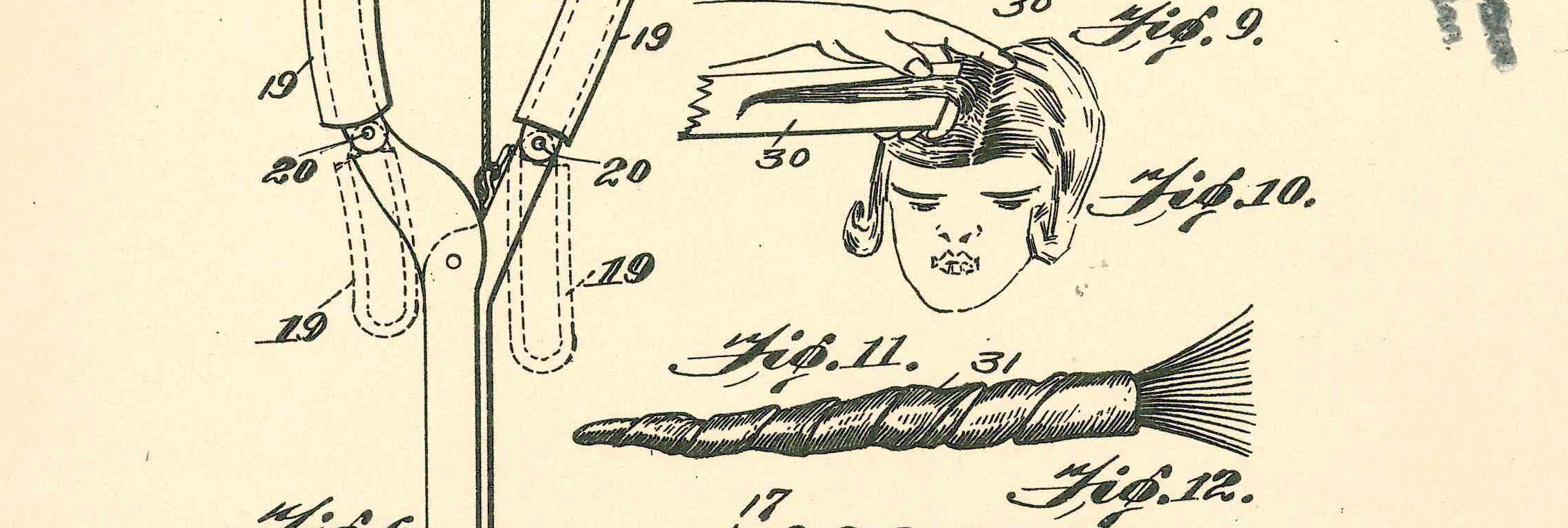In today’s world, technology has become an essential part of our lives. From smartphones to laptops, we rely on technology to make our daily tasks easier and more efficient. However, the roots of modern technology can be traced back to the ancient times when people were just starting to experiment with the wonders of science. In this blog post, we will be discussing the Top Ten Technologists of Antiquity, and we will start with Ctesibius of Alexandria.
Ctesibius of Alexandria was a Greek physicist and inventor who lived during the third century BCE. He is considered to be one of the pioneers of pneumatics, the study of air and other gases. Ctesibius made significant contributions to the field of mechanical engineering, including the invention of the water clock, the organ, and the hydraulic pump. He was also the first person to use compressed air to launch projectiles, which was later used in the development of modern artillery.
1. Ctesibius of Alexandria: A Brief Introduction
Ctesibius of Alexandria is widely regarded as one of the most significant technologists of antiquity. Born in Alexandria, Egypt in the third century BCE, Ctesibius was an accomplished mathematician, physicist, and inventor. His contributions to the field of technology include the invention of the water clock, hydraulic organ, and the force pump. However, Ctesibius’ most significant achievement was his development of the first known compressed-air cannon, called a “pneumatic catapult.” This invention revolutionized warfare and paved the way for modern air guns. Despite the fact that many of his inventions were lost to history, Ctesibius’ contributions to the field of technology continue to be celebrated to this day.
2. Innovative Ideas in Pneumatics
As one of the Top-Ten Technologists of Antiquity, Ctesibius of Alexandria is known for his many contributions to the field of pneumatics. His innovative ideas in this area helped to revolutionize the way that air and gas were used in a variety of applications, from clockwork mechanisms to hydraulic machines. Ctesibius is credited with inventing the first water clock, as well as the first pneumatic organ, which used compressed air to produce sound. He also developed a number of other groundbreaking devices, including a water-powered organ and a hydraulic machine for lifting heavy weights. Today, Ctesibius’ legacy lives on in the many innovative technologies that continue to rely on the principles of pneumatics that he helped to establish.
3. Ctesibius’ Contribution to Clocks
Ctesibius of Alexandria is widely recognized as one of the most innovative and influential technologists of antiquity. His contributions to the field of horology, particularly the development of water clocks, have had a lasting impact on the world of timekeeping. Ctesibius’ major contribution to clocks was the invention of the first feedback control system, which allowed for much more accurate timekeeping. He achieved this by using a float regulator that maintained a constant water level in the clock’s water tank. Additionally, he also introduced the concept of the escapement, which allowed for the controlled release of energy to maintain the oscillations of the clock’s pendulum. The combination of these two inventions laid the foundation for the mechanical clocks that would emerge in the following centuries, and is a testament to Ctesibius’ ingenuity and technical expertise.
4. A Look at Water Clocks
Ctesibius of Alexandria, a Greek physicist and inventor, is widely considered one of the top technologists of antiquity. Among his many achievements, Ctesibius is credited with inventing the water clock, a device that measures time by the flow of water from one container to another. Water clocks were used extensively throughout the ancient world, and Ctesibius’s design was one of the most popular. The device consisted of a vessel with a small hole in the bottom, which allowed water to drip out at a steady rate. As the water level in the vessel dropped, it revealed markings on the side that indicated the time. The water clock was an important invention, as it allowed people to measure time accurately and reliably, leading to advancements in many fields, including astronomy, navigation, and agriculture. Despite the advent of mechanical clocks, water clocks remained in use for centuries, and Ctesibius’s design served as the basis for many subsequent improvements.
5. Archimedes and Ctesibius: Comparisons
When discussing the top technologists of antiquity, it is impossible to ignore the contributions of Archimedes and Ctesibius. Both were pioneers in their respective fields and left a lasting impact on the world of technology. However, while Archimedes is often hailed as a scientific genius, Ctesibius’ achievements are often overlooked. Comparing the two men is not fair or relevant, as they worked in different fields. Archimedes was known for his contributions to mathematics, physics, and engineering, while Ctesibius was a skilled inventor and mechanic, particularly in the field of pneumatics. Despite their differences, both men were instrumental in advancing the field of technology during their lifetimes and their contributions continue to be studied and celebrated today.
6. Ctesibius and the Hydraulis
Ctesibius of Alexandria was a renowned technologist and inventor of the ancient world. He is best known for his invention of the hydraulis, an early form of the pipe organ. Ctesibius was a skilled engineer and mathematician, and his work on the hydraulis was groundbreaking. The hydraulis used water pressure to create sound and was one of the earliest examples of a keyboard instrument. Ctesibius’ innovative design allowed for the regulation of air pressure and the tuning of individual pipes, resulting in a more precise and versatile instrument. His work on the hydraulis laid the foundation for later developments in keyboard instruments and had a significant impact on music history. Ctesibius’ contributions to technology and engineering continue to be celebrated today, and his legacy as one of the top technologists of antiquity remains a significant one.
7. The Aerophone: Ctesibius’ Invention
Ctesibius of Alexandria is widely regarded as one of the most influential technologists of antiquity, and his invention of the Aerophone is a testament to his remarkable ingenuity. The Aerophone is a device that produces sound through the vibration of air, and it was the first known example of a musical instrument that does not rely on the human voice or physical contact with materials to create sound. Ctesibius’ invention of the Aerophone marked a significant step forward in the development of musical instruments and sound technology, and it paved the way for the creation of numerous instruments that continue to be used today. His contribution to ancient technology has earned him a place on the list of the top-ten technologists of antiquity, and his legacy continues to inspire innovation in the field of acoustics.
8. The Siphon: Another Innovation
Ctesibius of Alexandria was a brilliant technologist who contributed significantly to the fields of mechanics and pneumatics during the Hellenistic period. One of his most notable innovations was the siphon, which he developed based on the principles of atmospheric pressure. The siphon was a device used for transferring liquids from one container to another, and it worked by creating a vacuum in the receiving container that pulled the liquid through the tube from the source container. This invention was crucial in many areas, including agriculture and engineering, as it allowed for the efficient transfer of liquids over long distances without the need for pumps or other complex equipment. The siphon was so effective that it continued to be used widely for centuries, and its principles are still applied in modern-day devices such as aquarium filters and drain cleaning tools. Ctesibius’ contribution to the world of technology through this invention continues to inspire and influence modern-day engineers and inventors.
9. Ctesibius’ Legacy in Modern Science
Ctesibius of Alexandria is widely regarded as one of the greatest technologists of antiquity, and his legacy has had a profound impact on modern science. He was an inventor, mathematician, and engineer whose contributions to the fields of hydraulics, pneumatics, and mechanics are still studied and admired today. Ctesibius is credited with the invention of the water clock, which was used for over a thousand years as a reliable timekeeping device. He also developed a variety of other mechanical devices, including pumps and automata, that were used in ancient Greece and beyond. Ctesibius’ work laid the foundation for modern engineering and his principles and discoveries continue to inspire scientists and engineers around the world.
In conclusion, Ctesibius of Alexandria was an ingenious ancient Greek technologist who made significant contributions to the field of mechanics and pneumatics. His inventions, including the water clock and hydraulis, paved the way for advancements in engineering and technology that are still relevant today. Ctesibius’s legacy continues to inspire modern engineers and scientists to innovate and push the boundaries of what is possible. As we continue to build on the foundations laid by the great thinkers of antiquity, we honor their achievements and strive to make our own contributions to this ongoing legacy of progress.


